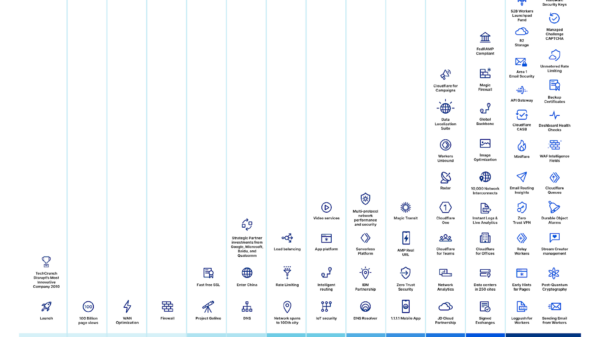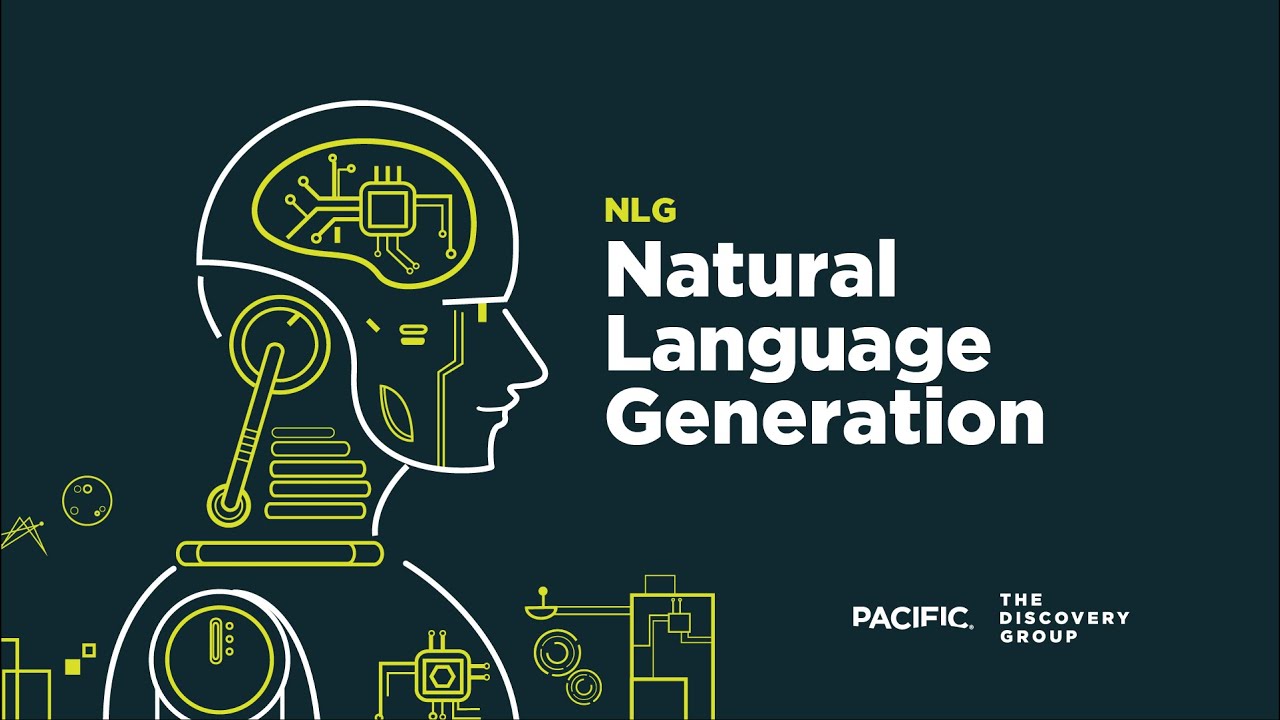Introduction
Natural language generation (NLG) is a subfield of artificial intelligence (AI) that deals with the automatic creation of human-like text. NLG systems are used in a wide variety of applications, including chatbots, machine translation, and text summarization.
NLG systems typically work by first understanding the input data, which can be in the form of text, speech, or other forms of data. Once the input data is understood, the NLG system will generate text that is consistent with the input data.
NLG is a challenging problem because human language is complex and nuanced. However, NLG systems have made significant progress in recent years, and they are now used in a wide variety of applications.
How NLG Works
NLG systems typically work in three steps:
- Understanding the input data: The first step is to understand the input data. This can be done using natural language processing (NLP) techniques. NLP techniques are used to identify the meaning of the input data, as well as the relationship between different parts of the data.
- Generating text: Once the input data is understood, the NLG system will generate text. The text that is generated will be consistent with the input data. The NLG system will use a variety of techniques to generate text, such as templates, rules, and machine learning.
- Post-processing: The final step is to post-process the generated text. This may involve correcting errors, improving the flow of the text, and making sure that the text is consistent with the input data.
Types of NLG Systems
There are two main types of NLG systems: rule-based NLG systems and statistical NLG systems.
Rule-based NLG systems use a set of rules to generate text. The rules are typically written by a human expert. Rule-based NLG systems are relatively easy to develop, but they can be difficult to maintain and update.
Statistical NLG systems use machine learning to generate text. Statistical NLG systems are typically trained on a large corpus of text. Statistical NLG systems are more difficult to develop than rule-based NLG systems, but they can generate more natural-sounding text.
Applications of NLG
NLG systems are used in a wide variety of applications, including:
- Chatbots: Chatbots are computer programs that can simulate conversation with a human user. NLG systems are used to generate the text that the chatbot uses to communicate with the user.
- Machine translation: Machine translation systems are used to translate text from one language to another. NLG systems are used to generate the output text in the target language.
- Text summarization: Text summarization systems are used to create a shorter version of a longer text. NLG systems are used to generate the summary text.
- Personalization: NLG systems can be used to personalize text, such as emails or marketing materials. This can be done by using the NLG system to generate text that is tailored to the specific recipient.
Challenges in NLG
NLG is a challenging problem because human language is complex and nuanced. Some of the challenges in NLG include:
- Ambiguity: Human language is often ambiguous. This means that the same sentence can have multiple meanings. NLG systems need to be able to disambiguate sentences in order to generate text that is consistent with the intended meaning.
- Coherence: NLG systems need to be able to generate text that is coherent. This means that the text should flow smoothly and make sense.
- Naturalness: NLG systems need to be able to generate text that sounds natural. This means that the text should be grammatically correct and use natural-sounding language.
Future Trends in NLG
NLG is a rapidly evolving field. There are a number of promising new research directions in NLG, including:
- Generative adversarial networks (GANs): GANs are a type of deep learning model that can be used to generate text. GANs have been shown to be effective at generating realistic and creative text.
- Neural machine translation (NMT): NMT is a new approach to machine translation that uses neural networks. NMT has been shown to be more effective than traditional machine translation systems.
- Self-supervised learning: Self-supervised learning is a type of machine learning that does not require labeled data. Self-supervised learning has been shown to be effective at learning tasks, such as text generation.
Conclusion
NLG is a powerful technology that can be used in a wide variety of applications. NLG systems are becoming increasingly sophisticated, and they are likely to play an even greater role in our lives in the future.thumb_upthumb_downuploadGoogle itmore_vert


















